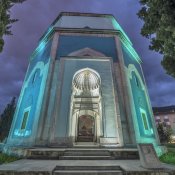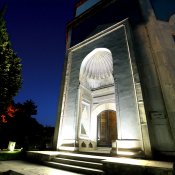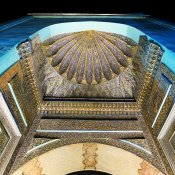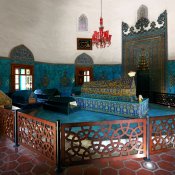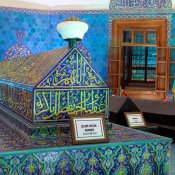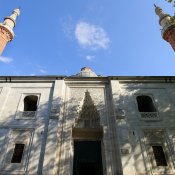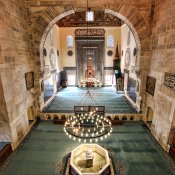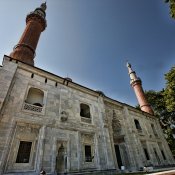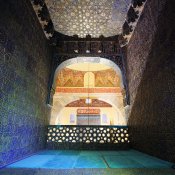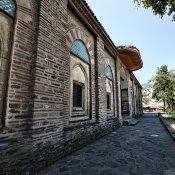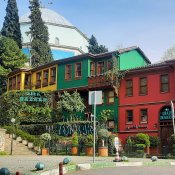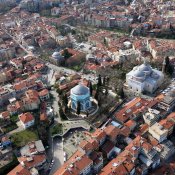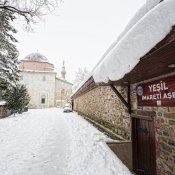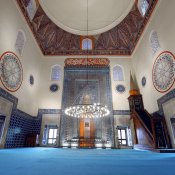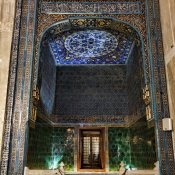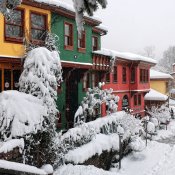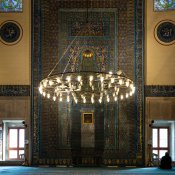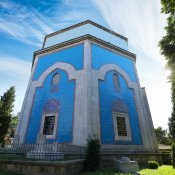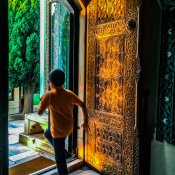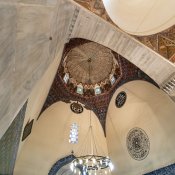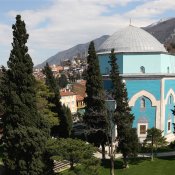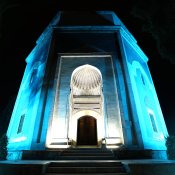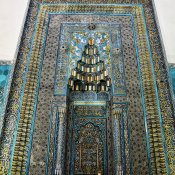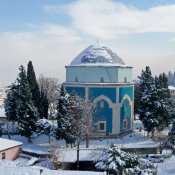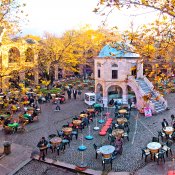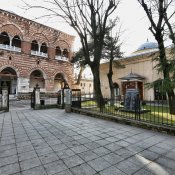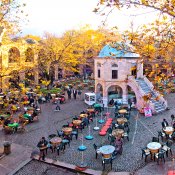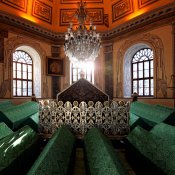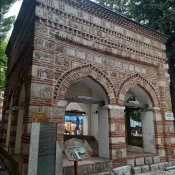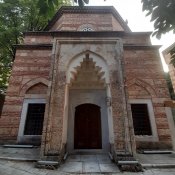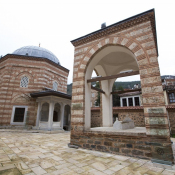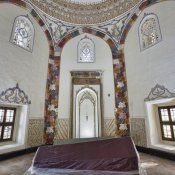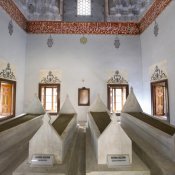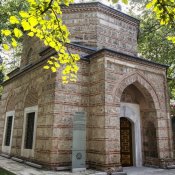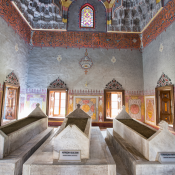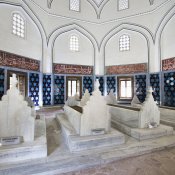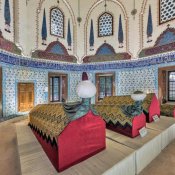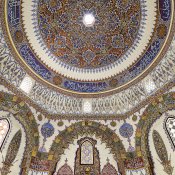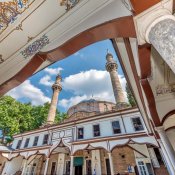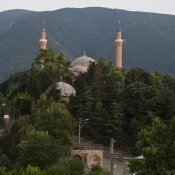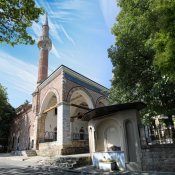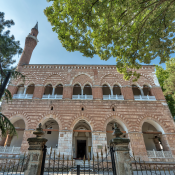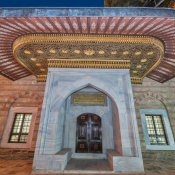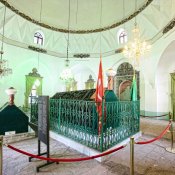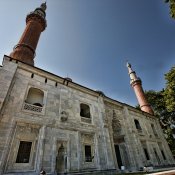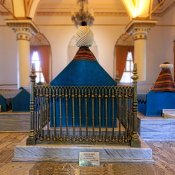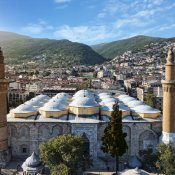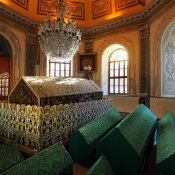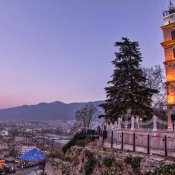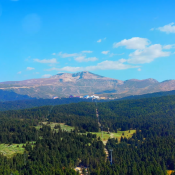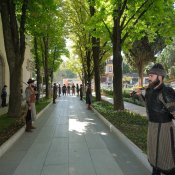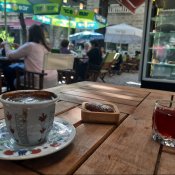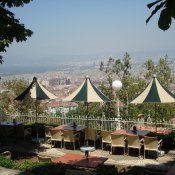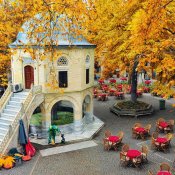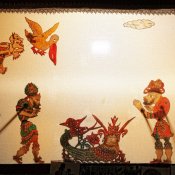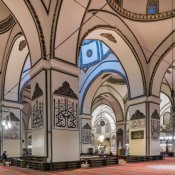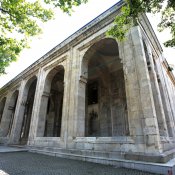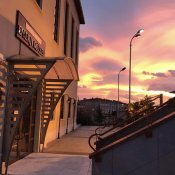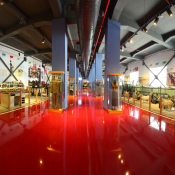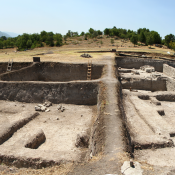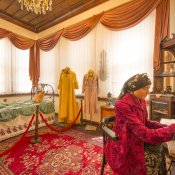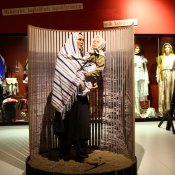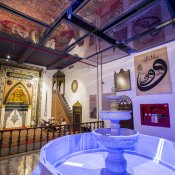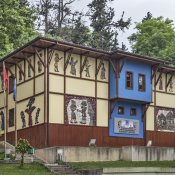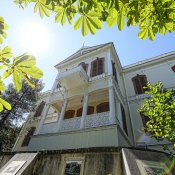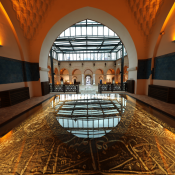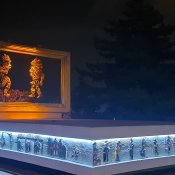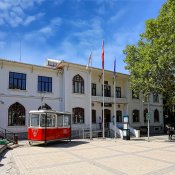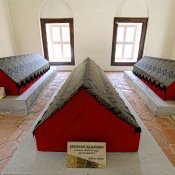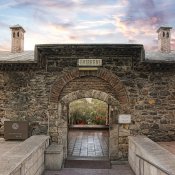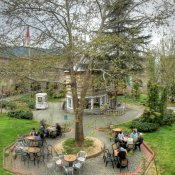Yeşil ( Mehmed I ) Complex
Yeşil ( Mehmed I ) Complex
Built by Sultan Mehmed I (Çelebi) in 1419, it symbolizes the rebirth of the Ottoman rule, after the defeat to Timur in the battle of Ankara (July 28, 1402). It consists of a mosque (“Yeşil (The Green) Mosque”), a madrasah, a royal tomb (“Yeşil (The Green) Tomb”), Turkish bath and public kitchen (imaret). In the mausoleum there are the coffins of Çelebi Sultan Mehmed and his sons, daughters and nanny.
The 'Green' mosque is considered to be one of the most beautiful historic buildings constructed in Turkey. The mihrab of the mosque is covered with Iznik glazed-tiles of the Mahfili era and has a splendid decoration. Glazed-tiles contain 80% quartz, in other words semi-precious stone minerals, and it has been recorded in the ceramic literature as ‘’Ceramic Impossible to Manufacture’’.
It's architect and makers of ornaments were the best known at their time. The complex was constructed by primarily the outstanding efforts of Hacı Ivaz Pasha, the architect of the buildings and muralist Ali, Mecnun Mehmed and Muralist Ali İbn İlyas Ali of Bursa, Tile-Maker Mecnun Mehmed, wood carver Hacı Ali of Tabriz and roofer Pir Mehmed Celebi. The existence of the signatures of the artists on the adornments of the buildings demonstrates the value given to art and artists by the Sultan, the constructor of the building.
The buildings within the Complex and the adornments have attracted the attention of researchers and artists throughout history, and their awareness has increased the recognition of Bursa. Leon Parvillée, the French Architect, who was invited to Bursa in 1863 by Ahmet Vefik Pasha, the Inspector of Bursa at that time, made detailed drawings of the facades, interior spaces, stonemasonry and tile adornments of Yeşil (The Green) Mosque and left significant documents which survived until today.
Osman Hamdi Bey (1842-1910), curator and painter, who is accepted as the first Turkish archaeologist, is known to be the first painter using the figurative composition in Turkish painting. The place of the figure in the painting “Kaplumbağa Terbiyecisi (Tortoise Trainer) -1906”, which is one of the most renowned paintings of Osman Hamdi Bey, who at the same time is the founder of Sanayi-i Nefise Mekteb-i Alisi (Mimar Sinan Fine Arts University) and İstanbul Archaeology Museum, is the room on the upper floor of Yeşil (The Green) Mosque. In his paintings named İki Müzisyen Kız (Two Musician Girls) (1880) and Yeşil Türbe’de Dua (Prayer in the Green Tomb) (1882), the tiles draw attention due to their realistic appearance. The tiles of the Yeşil (The Green) Mosque and Tomb, which are the subject of the paintings of Osman Hamdi Bey, continue to have similar influence today.
Le Corbusier, architect, urban planner theoretician, author and painter, visited Bursa during his journey to the East in 1911 before commencing his career as an architect. He showed Yeşil (The Green) Mosque as an example of the “formal purity” he suggested in mid-1920 and mentioned the simplicity, grandeur and magnificence of the monument. According to him, a building may only be this much in harmony with its interior and exterior and that Yeşil (The Green) Mosque is the versified form of geometry.
The madrasah as a Museum of Turkish Islamic Art, and the imaret as a public kitchen.
Located in the site which was inscribed on the UNESCO World Heritage List in 2014.



